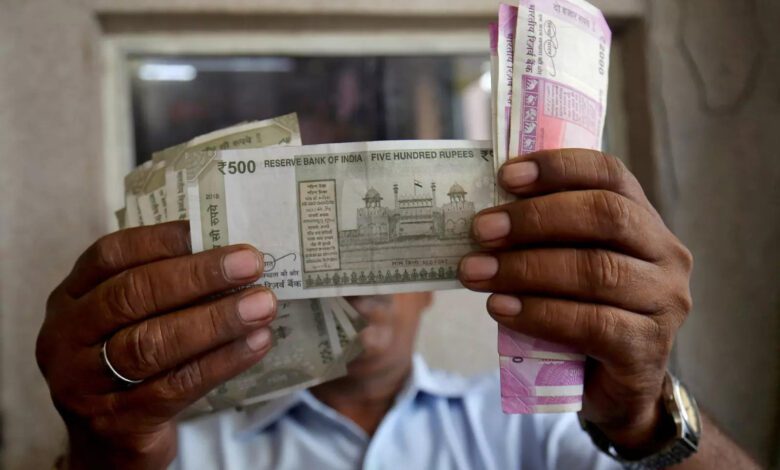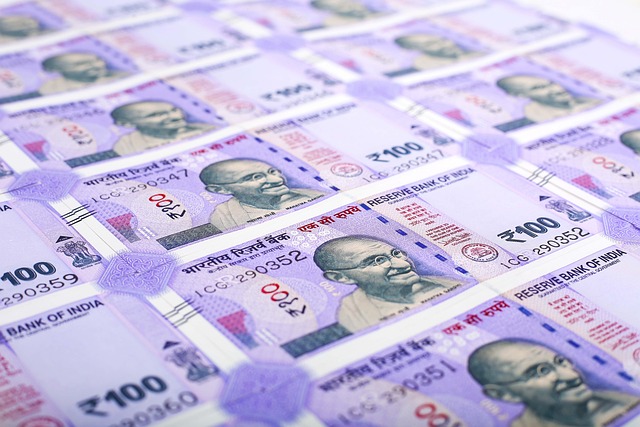International trade in Indian Rupees: 22 nations show interest
These 22 countries include Belarus, Botswana, Fiji, Germany, Guyana, Israel, Kenya, Malaysia, Mauritius, Myanmar, New Zealand, Oman, Russia, Seychelles, Singapore, Sri Lanka, Tanzania, Uganda, Bangladesh, Maldives, Kazakhstan and United Kingdom.

Nirmala Sitharaman, India’s finance minister, stated that 22 nations are in talks with New Delhi to explore the possibility of conducting bilateral commerce in the rupee.
In an interview with the news channel NDTV, Sitharaman said, “Also many of those countries are running short on dollar reserves, but yet their basic trade cannot be stopped.”
“So, they see the Indian rupee as a stable currency,” she added.
The minister also emphasized that India’s leadership intended to include the developing countries in the global development agenda since it had a better understanding of their requirements.
The minister also stressed that since India had a better knowledge of developing nations’ needs, its leadership planned to involve them in the global development agenda.
These 22 countries include Belarus, Botswana, Fiji, Germany, Guyana, Israel, Kenya, Malaysia, Mauritius, Myanmar, New Zealand, Oman, Russia, Seychelles, Singapore, Sri Lanka, Tanzania, Uganda, Bangladesh, Maldives, Kazakhstan and United Kingdom.
Sitharaman applauds the G20’s achievements
The historic G20 meeting that took place in New Delhi last week was praised by the finance minister as a success and noted that it provided optimism for multilateralism.
The G20 agreement is historic because of the maturity with which Indian teams handled it at different phases, according to Sitharaman.
“The crew, which was predominately made up of women, performed outstanding job. There was a cooperative attitude among the nations, she said, and it was this spirit that offered hope for multilateralism.
Currency internationalization in India trade
At least 18 countries decided to settle their bilateral trade with India in rupees, according to reports in Indian media from earlier in March.

18 countries, including Germany, Singapore, Sri Lanka, the United Kingdom, Kenya, and many more, were permitted to undertake bilateral commerce in rupees by India’s central bank, the Reserve Bank of India.
In reality, India has already started conducting currency exchanges with many of its neighbors, including Nepal and Bhutan.
Anupriya Patel, India’s Minister of State for Commerce and Industry, had previously informed Parliament in August that a sizable portion of commerce between India and Nepal was conducted in Indian rupees.
Additionally, rupees were the only currency accepted for all bilateral commerce with Bhutan.
To enable commerce in local currency with Russia, a rupee trade system has been established. As of July 2, the RBI has granted 34 requests from various Russian banks to create SRVA accounts with 14 Indian commercial banks, the minister responded in writing.
Success of DPIs
The minster also said that DPIs became a useful tool to facilitate MSME businesses by various ventures like ONDC and more
DPIs act as a conduit for people, money, and information. First, the movement of individuals through a digital ID system. Second, money flows through a real-time quick payment mechanism. Third, the flow of personal information through a consent-based data-sharing mechanism to realize the benefits of DPIs and empower citizens with true data control.
India, through India Stack, became the first country to develop all three foundational DPIs, Digital identity (Aadhar), Real-time fast payment (UPI), and Account Aggregator built on the Data Empowerment Protection Architecture (DEPA).
So what are the pillars of India’s DPI?
- Aadhar: Aadhar is a strategic policy instrument for fostering social and financial inclusion, public sector delivery reforms, fiscal budget management, ease, and hassle-free people-centric governance. Aadhaar holders may use their Aadhaar for private sector activities willingly, and private sector firms are not required to obtain specific approval for such use.
- DigiYatra: DigiYatra is a Facial Recognition System (FRS)–based Biometric Enabled Seamless Travel (BEST) experience. In the fiscal year 2022, aviation passenger traffic in India was anticipated to reach over 188 million in airports across the country, with over 22 million being foreign travelers.
- Digilocker: DigiLocker has 150 million users, six billion stored documents, and done with a tiny budget of RS 50 crore over seven years. The users can store their documents such as insurance, medical reports, PAN card, passport, marriage certificate, school certificate and other documents in the digital format.
- UPI (Unified Payment Interface): UPI (Unified Payment Interface) now handles over eight billion transactions each month, with a monthly value of USD 180 billion, or almost 65% of India’s GDP. UPI is now the most popular of the National Payments Corporation of India (NPCI)-operated systems, which include the National Automated Clearing House (NACH), Immediate Payment Service (IMPS), Aadhaar-enabled Payment System (AePS), Bharat Bill Payment System (BBPS), RuPay, and others.
Please, also have a look into: India and UK sign one-of-a-kind $1.4 Bn worth Trade deal, unveil 10-year long road map


